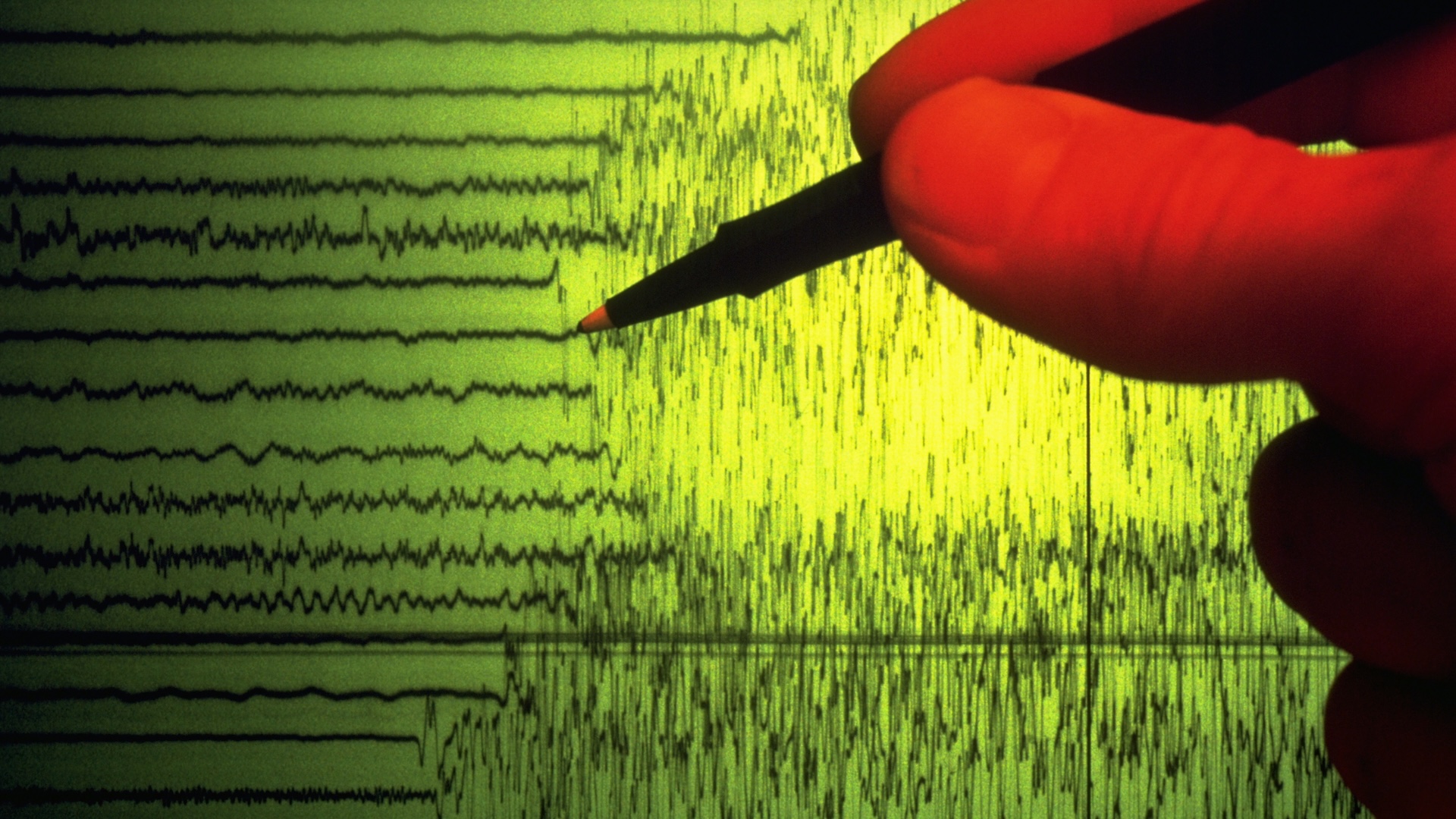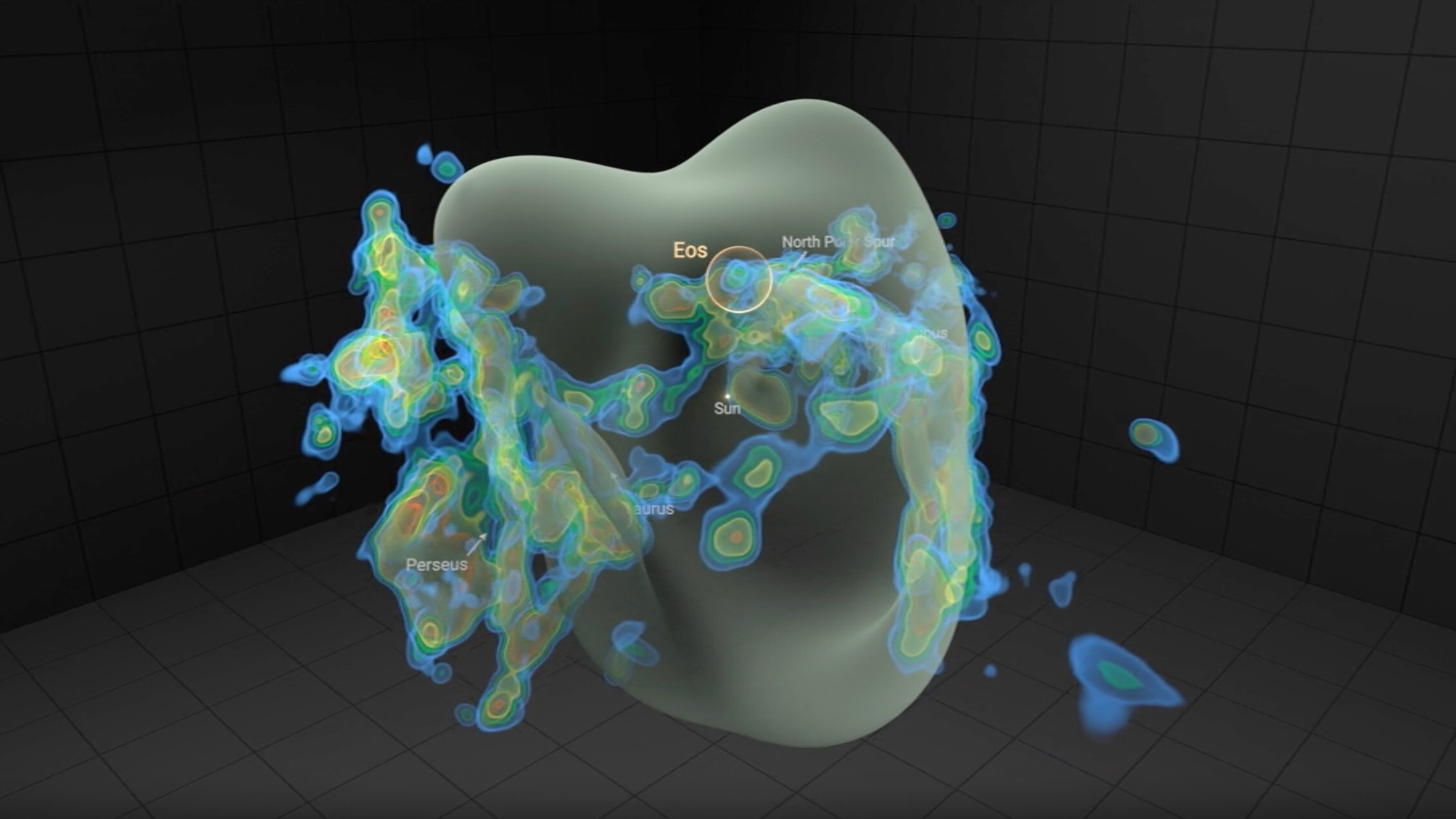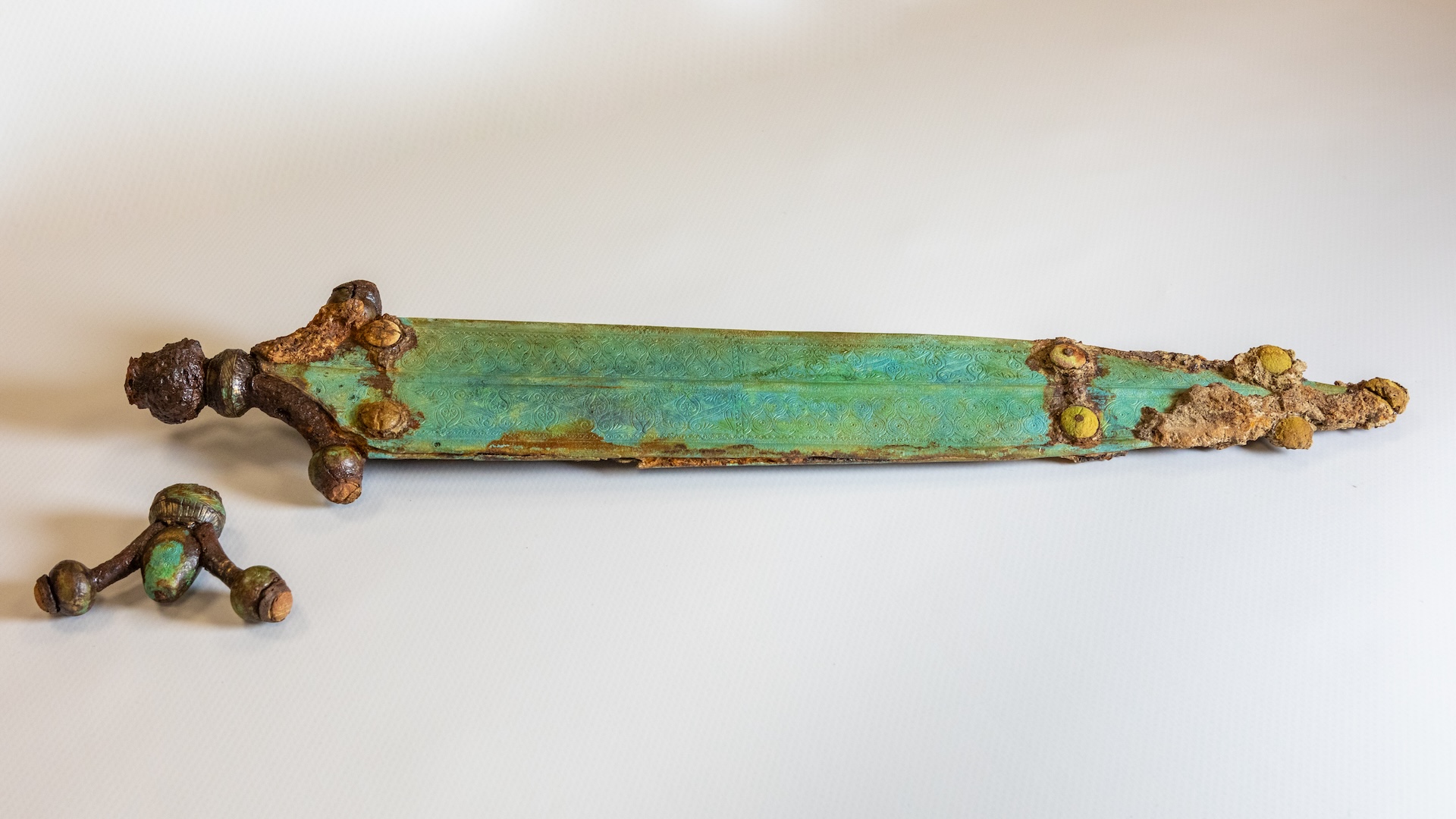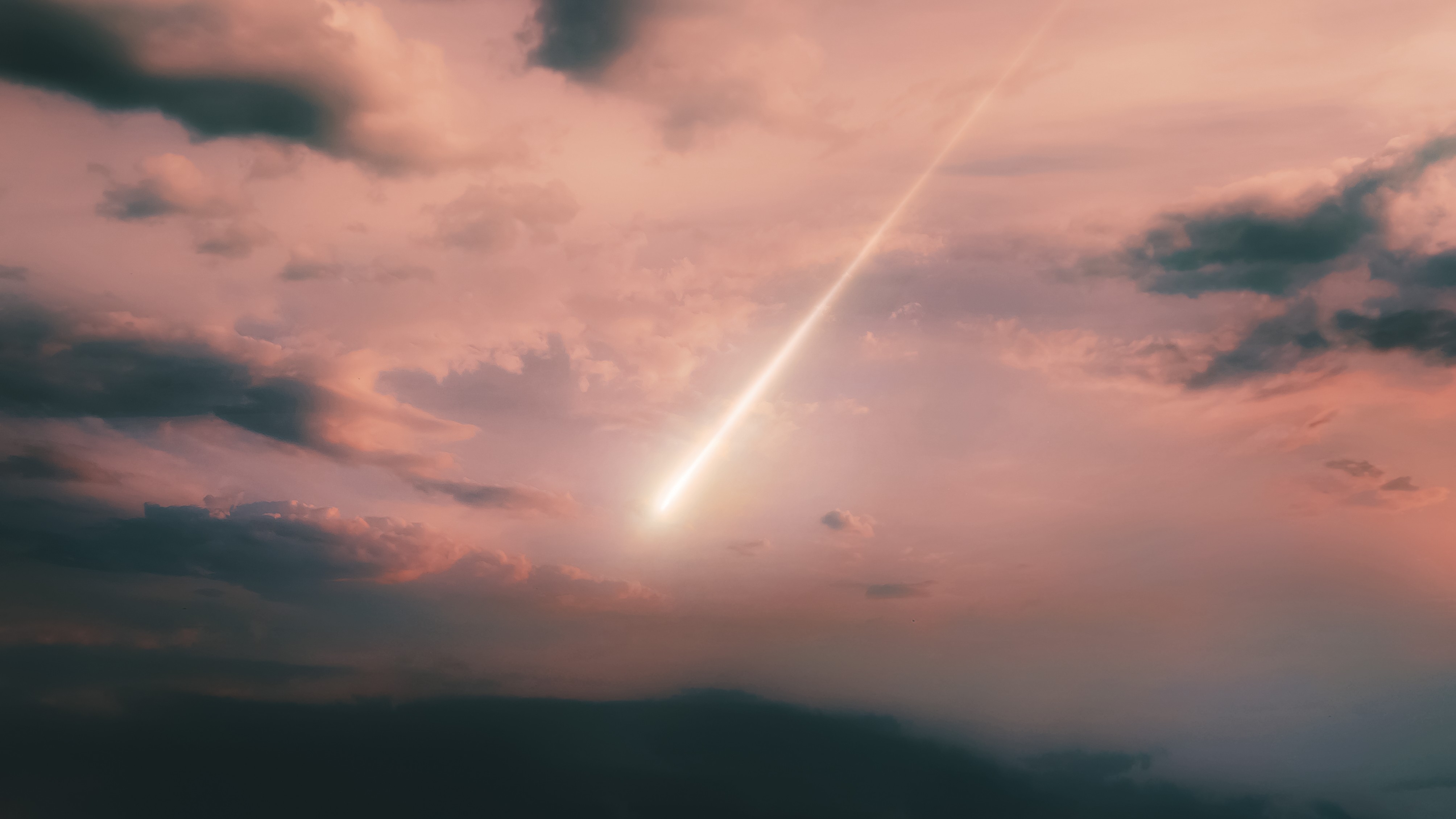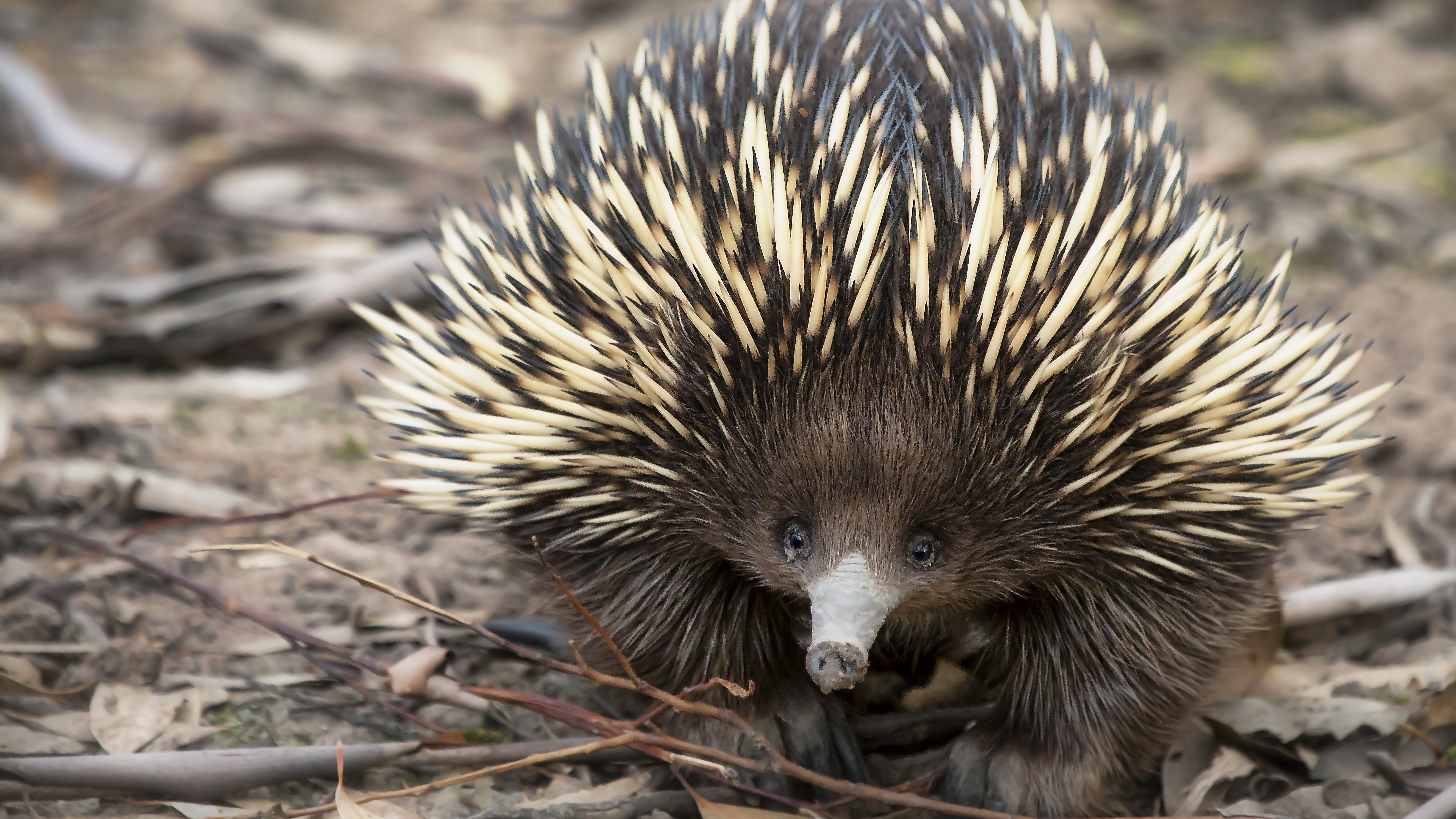Earth Faces an Increased Risk of Being Hit by an Asteroid, Astronomers Warn

Earth may be threatened by a newly discovered branch of a stream of meteoroids, increasing the risk that the planet will be struck by a meteoroid or asteroid. A team of astronomers from the Czech Academy of Sciences announced the findings on Tuesday after studying the Taurid meteoroid stream. The stream produces a meteor shower that usually has a long period of activity in October and November and produces a low number of meteors. The meteors — light phenomena that are seen when a meteoroid enters the planet’s atmosphere and vaporizes, also referred to as “shooting stars” — occur when Earth’s orbit plows into the stream of debris left behind by Comet Encke. Most of these particles are quite tiny and pose no threat whatsoever, but the Czech astronomers have tracked a new branch of the stream from which particles are intersecting with the planet. The branch includes two asteroids with diameters of between 200 and 300 meters (roughly 650-1000 feet). These asteroids are not themselves on a collision course with Earth, but their identification suggests that there may be other asteroids of this size or larger lurking undiscovered within this stream. As such, the astronomers are urging a concentrated search for more Taurid asteroids, to see if any potentially threatening ones exist. “Since asteroids of sizes of tens to hundreds meters pose a threat to the ground even if they are intrinsically weak, impact hazard increases significantly when the Earth encounters the Taurid new branch every few years,” they write in the journal Astronomy & Astrophysics. “Further studies leading to [a] better description of this real source of potentially hazardous objects, which can be large enough to cause significant regional or even continental damage on the Earth, are therefore extremely important.” It’s worth noting, however, that no threatening objects have yet been discovered.Though the prospect of continental damage and regional catastrophe coming from space is alarming, more observations will be needed before drawing conclusions based on the Czech team’s research.
RELATED: What to Do With Nukes? Blow Up Dangerous Comets, of Course
NASA is regularly working to anticipate the possible collision of a massive cosmic particle with Earth and assess any potential impact risks. It operates a collision monitoring system called Sentry that routinely scans for asteroids and determines the likelihood of impact over the next 100 years. It also freely catalogs these rocky bodies at the JPL Small-Body Database Browser. The debris stream from Comet Encke is influenced in part by the gravity of Jupiter, a massive gas giant planet that is known to influence the orbits of comets and asteroids in that region of the solar system. As such, from time Jupiter’s gravity can redirect the debris so that more particles hit the Earth.
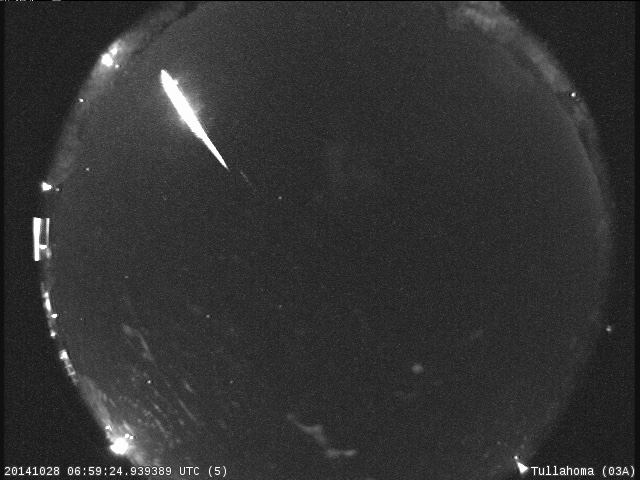
RELATED: We're Planning to Shoot an Asteroid to See What Happens Next, the astronomers analyzed the orbital paths of asteroids 2015 TX24 and 2005 UR. Due to their similarities to the newly discovered path of the Taurid fireballs, the astronomers in turn argued that these two asteroids — each about 200-300 meters in diameter — are also members of the new branch. Analysis of the fireballs suggests that the large asteroids are weak in structure, although at larger sizes they would not break up easily in the Earth’s atmosphere. A few years ago, NASA created a Planetary Defense Coordination Office to bring together the observations of all US networks looking for near-Earth asteroids, and to help come up with plans in the unlikely chance that the Earth is under threat. You can read more about the office’s work at its website. Other countries, such as the European Union, have similar asteroid observation networks in place.
Original article on Seeker.
Sign up for the Live Science daily newsletter now
Get the world’s most fascinating discoveries delivered straight to your inbox.

Elizabeth Howell was staff reporter at Space.com between 2022 and 2024 and a regular contributor to Live Science and Space.com between 2012 and 2022. Elizabeth's reporting includes multiple exclusives with the White House, speaking several times with the International Space Station, witnessing five human spaceflight launches on two continents, flying parabolic, working inside a spacesuit, and participating in a simulated Mars mission. Her latest book, "Why Am I Taller?" (ECW Press, 2022) is co-written with astronaut Dave Williams.
